Snakes can make fascinating and unique pets. They have distinct personalities, and many are easy to care for. If you’re considering getting a pet snake, here’s a detailed look at ten popular species, covering their habits, habitats, diet, care, and more.
Ball pythons are known for their calm nature and tendency to curl into a ball when scared. They originate from the grasslands and forests of West Africa.
They primarily eat rodents. As juveniles, they may eat smaller prey like mice, but adults will typically consume larger rats.
Ball pythons need a habitat with proper humidity and temperature gradients (75°F to 80°F on the cool side and 88°F to 96°F on the warm side). A secure enclosure with hiding spots is essential for their comfort.
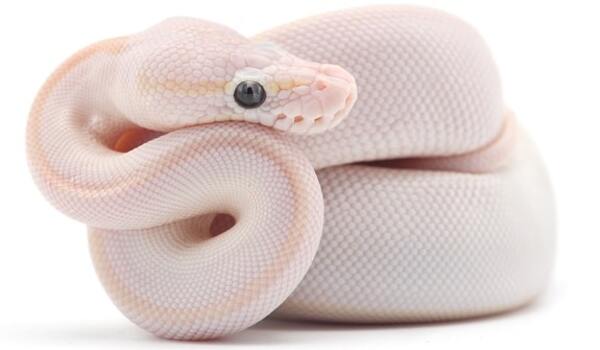
Corn snakes are friendly and easy to handle. They come from the southeastern United States, often found in forests and fields.
These snakes also eat rodents and birds. They should be fed appropriately sized prey every 5-7 days.
Corn snakes thrive in a warm environment (75°F to 85°F) with a basking area of about 85°F. They require a secure, escape-proof enclosure with climbing opportunities.
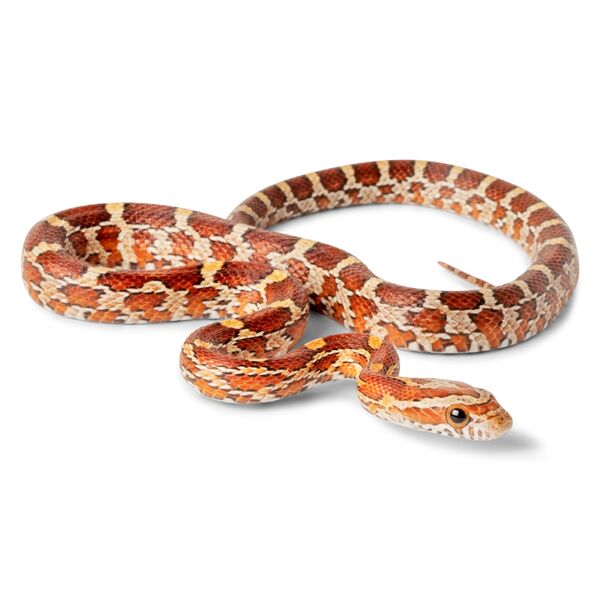
King snakes are known for their diverse colors and patterns. They are found across North America in a variety of habitats, including deserts and forests.
They are opportunistic feeders and can eat a range of prey, including rodents, lizards, and even other snakes. They can be fed once a week.
King snakes need a temperature range of 75°F to 85°F, with a basking spot around 90°F. They require a larger enclosure as they can grow quite long.
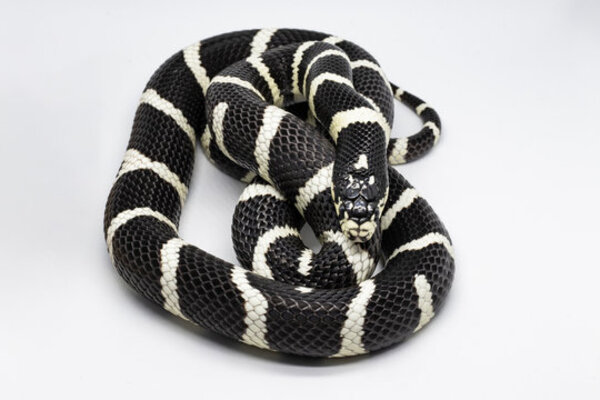
Boa constrictors are larger snakes known for their docile nature. They are native to Central and South America, often found in tropical forests.
They primarily eat mammals and birds. Feeding frequency varies with age—juveniles may eat every 5-7 days, while adults can eat every 10-14 days.
Boas need a temperature gradient of 75°F to 85°F, with a basking area of 90°F. They require a spacious enclosure and plenty of hiding places.
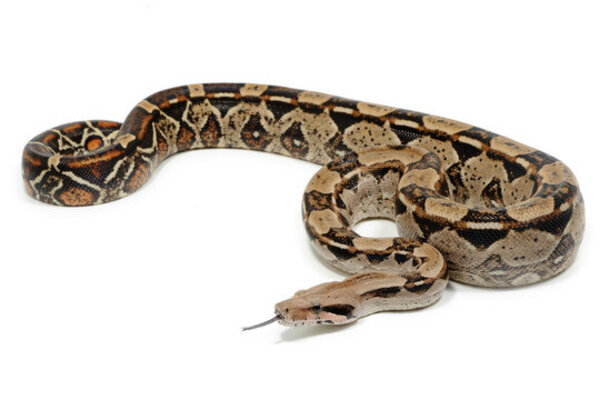
Garter snakes are small, often colorful snakes that are very common in North America. They inhabit a wide range of environments, from gardens to wetlands.
They typically eat amphibians, fish, and small rodents. They can be fed every 3-5 days.
Garter snakes need a habitat with a temperature range of 70°F to 80°F, with a basking spot of 85°F. They benefit from a moist environment.
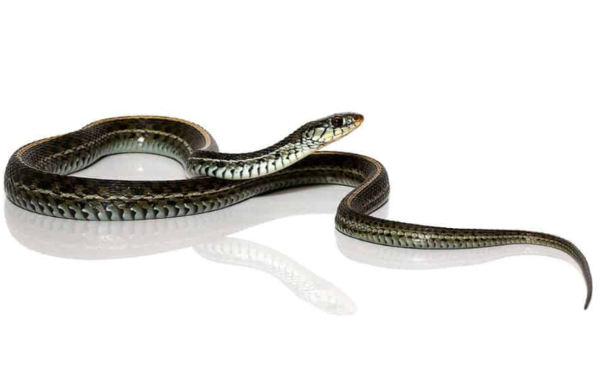
Red-tailed boas are known for their striking colors and large size. They are found in Central and South America, often in rainforests.
Like other boas, they eat mammals and birds, with juveniles feeding more frequently than adults.
They require a warm environment with a temperature gradient of 75°F to 85°F and a basking area of 90°F. A spacious enclosure is crucial.
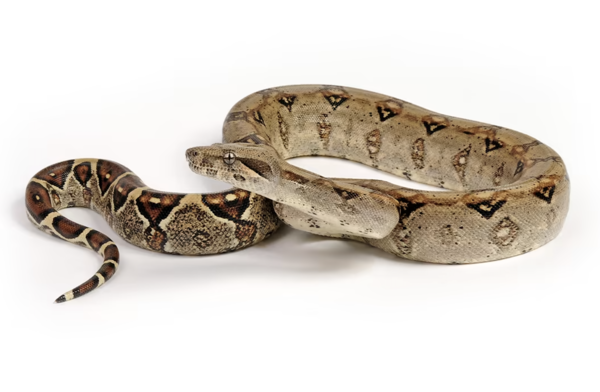
Milk snakes are harmless and come in various colors. They are found throughout North America, often in rocky areas.
They eat small mammals, birds, and reptiles. They can be fed once a week.
Milk snakes need a temperature range of 75°F to 85°F, with a basking spot of around 90°F. They enjoy climbing, so a tall enclosure is beneficial.
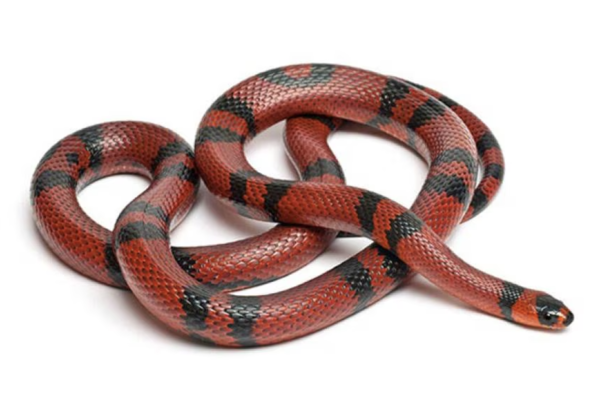
Eastern indigo snakes are large, non-venomous snakes that are glossy blue-black in color. They are found in the southeastern U.S. in diverse habitats.
They eat a variety of prey, including rodents and other snakes. Feeding frequency is similar to other larger snakes.
They require a temperature gradient of 75°F to 85°F with a basking spot of about 90°F. These snakes need a spacious enclosure with plenty of hiding spots.

Hognose snakes are known for their upturned snouts and dramatic defensive behaviors. They are commonly found in North America.
They primarily eat toads and small mammals. Feeding every 5-7 days is typical.
They thrive in a temperature range of 75°F to 85°F, with a basking area around 90°F. They need an enclosure with good substrate for burrowing.
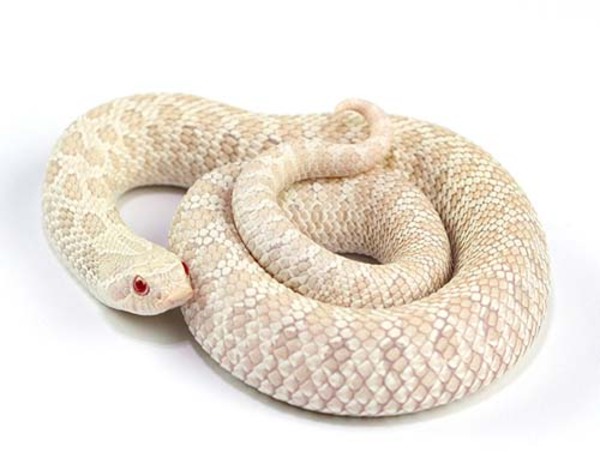
Burmese pythons are large and often docile. They are native to Southeast Asia, primarily in forests and swamps.
These snakes consume larger prey, including rabbits and even pigs. They should be fed every 1-2 weeks.
Burmese pythons require a temperature gradient of 75°F to 85°F with a basking area of 90°F. Due to their size, they need a very spacious enclosure.
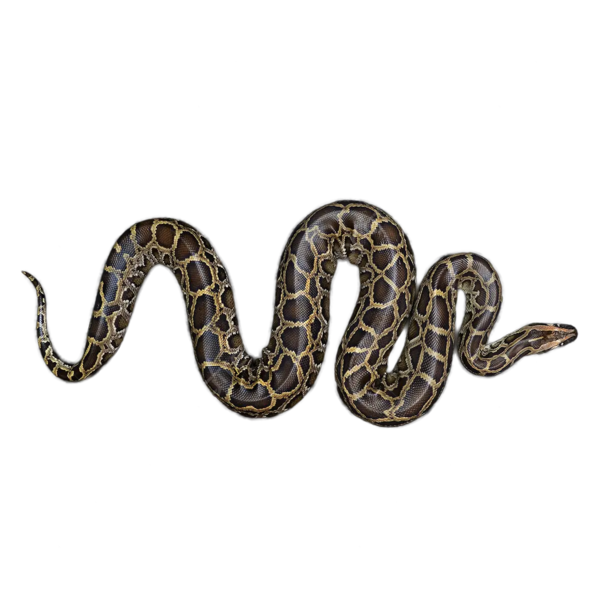
Choosing a pet snake involves considering its specific needs and your ability to meet them. Ensure you research each species thoroughly before making a decision. With the right care and environment, snakes can be rewarding and fascinating companions!
Choosing the best snake to have as a pet depends on your experience level, space, and personal preferences. Here’s a look at some top options that are well-suited for beginners and experienced keepers alike.
Ball pythons are often considered the best pet snakes for beginners. They are generally calm and friendly, making them easy to handle. They usually grow to about 3 to 5 feet in length, which is manageable for most people. Ball pythons have a simple diet—primarily rodents—and are relatively low-maintenance in terms of habitat.
Corn snakes are another fantastic option. They are known for their vibrant colors and patterns, and they typically grow to about 4 to 5 feet long. Corn snakes are hardy, easy to care for, and have a gentle temperament. They also thrive in various environments, making them versatile pets.
Garter snakes are smaller, usually around 2 to 3 feet long, and are excellent for beginners. They are very active and curious, which makes them fun to observe. Garter snakes eat a variety of foods, including worms and small fish, which can add some variety to their diet.
California kingsnakes are known for their striking patterns and colors. They are generally calm but can be a bit more active than other snakes. Growing to about 3 to 4 feet long, they require a bit more space. They eat rodents and can be a great choice for someone looking for a snake with personality.
Milk snakes are vibrant and beautiful, with many color variations. They are similar in care to corn snakes and typically reach about 2 to 4 feet in length. Milk snakes are generally friendly and easy to handle, making them good pets for both beginners and experienced owners.
When selecting a pet snake, consider the following:
Size: Make sure you have enough space for the snake's enclosure and that you can handle its size as it grows.
Temperament: Some snakes are more docile than others. Research the species to find one that fits your comfort level.
Diet: Understand the dietary needs and feeding frequency of the snake. Some may require specific prey types.
Habitat: Ensure you can provide the right environment, including temperature, humidity, and hiding spots.
The best snake to have as a pet is one that fits your lifestyle and experience level. Ball pythons and corn snakes are excellent choices for beginners, while others like kingsnakes and milk snakes can provide more variety. With the right care and environment, any of these snakes can make a fascinating and rewarding pet!
If you're considering getting a pet, you might be wondering if snakes are a good choice. While they are quite different from traditional pets like dogs or cats, snakes can be rewarding companions. Here’s a closer look at why snakes can be great pets and what you should know before getting one.
One of the biggest advantages of having a snake as a pet is that they are relatively low maintenance. Unlike dogs, snakes don’t need daily walks or constant attention. Most snakes only require feeding once a week or even less frequently, depending on their size and species. Their habitats are also easy to clean, usually requiring just a substrate change every few weeks.
Snakes are unique pets that can spark curiosity and fascination. They come in a variety of colors, patterns, and sizes, making them visually interesting. Watching a snake move, shed its skin, or hunt can be a captivating experience. If you enjoy learning about different species and their behaviors, a snake can provide endless opportunities for exploration.
Snakes do require a proper habitat, but their space needs can be less demanding than those of larger pets. A well-sized enclosure with the right temperature and humidity can fit into most living spaces. Many smaller species, like corn snakes or ball pythons, are manageable in size and don’t require extensive setups.
If you live in an apartment or prefer a quieter home, snakes can be ideal pets. They don’t bark, meow, or make loud noises, which makes them perfect for those who appreciate a peaceful environment. Their calm demeanor can also be soothing for their owners.
For people who suffer from allergies to fur or feathers, snakes can be a great alternative. They don’t have fur, which means there’s no shedding and fewer allergens in your home. However, it's important to keep in mind that snake bedding and feeding materials may still trigger some allergies.
While snakes can be great pets, there are a few things to consider before bringing one home:
Lifespan: Many snakes can live for 15 years or more, so be prepared for a long-term commitment.
Diet: Snakes eat whole prey, usually rodents. You need to be comfortable with this aspect of their care, including handling frozen prey.
Handling Needs: Some snakes are more docile and handleable than others. Researching specific species will help you find one that suits your comfort level.
Legal Regulations: Some areas have laws regarding snake ownership. Make sure to check your local regulations before acquiring a snake.
So, are snakes good pets? The answer depends on your lifestyle and preferences. If you’re looking for a low-maintenance, unique, and quiet companion, a snake might be a great fit for you. With the right care and understanding, snakes can be fascinating and enjoyable pets that add a touch of the exotic to your life!
animal tags: snakes
We created this article in conjunction with AI technology, then made sure it was fact-checked and edited by a Animals Top editor.